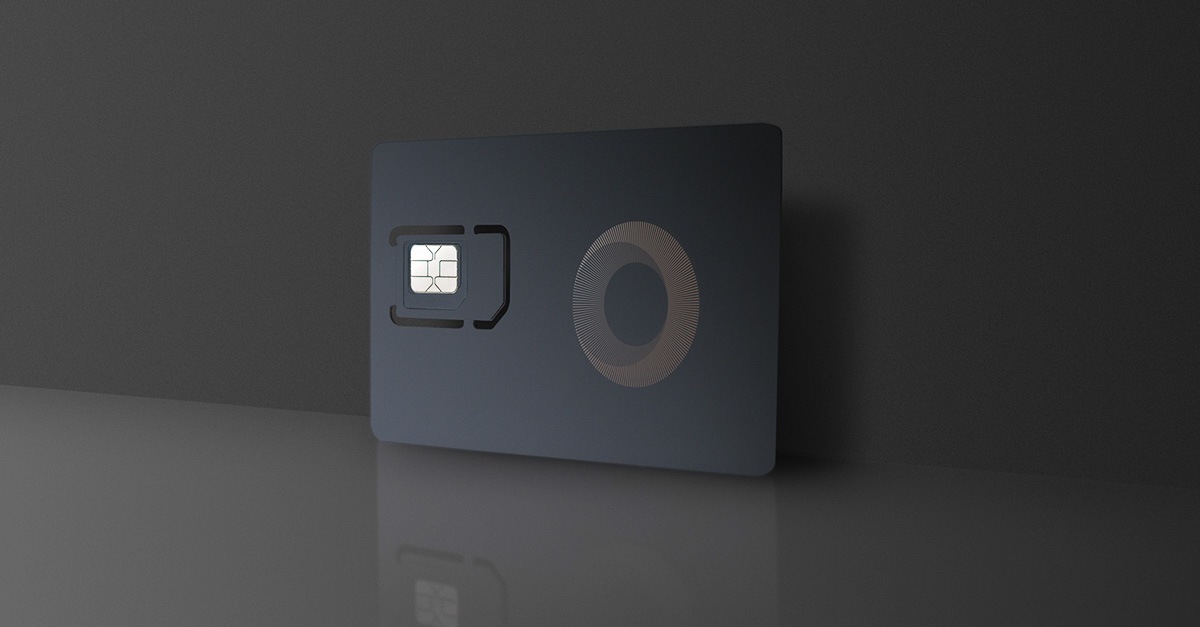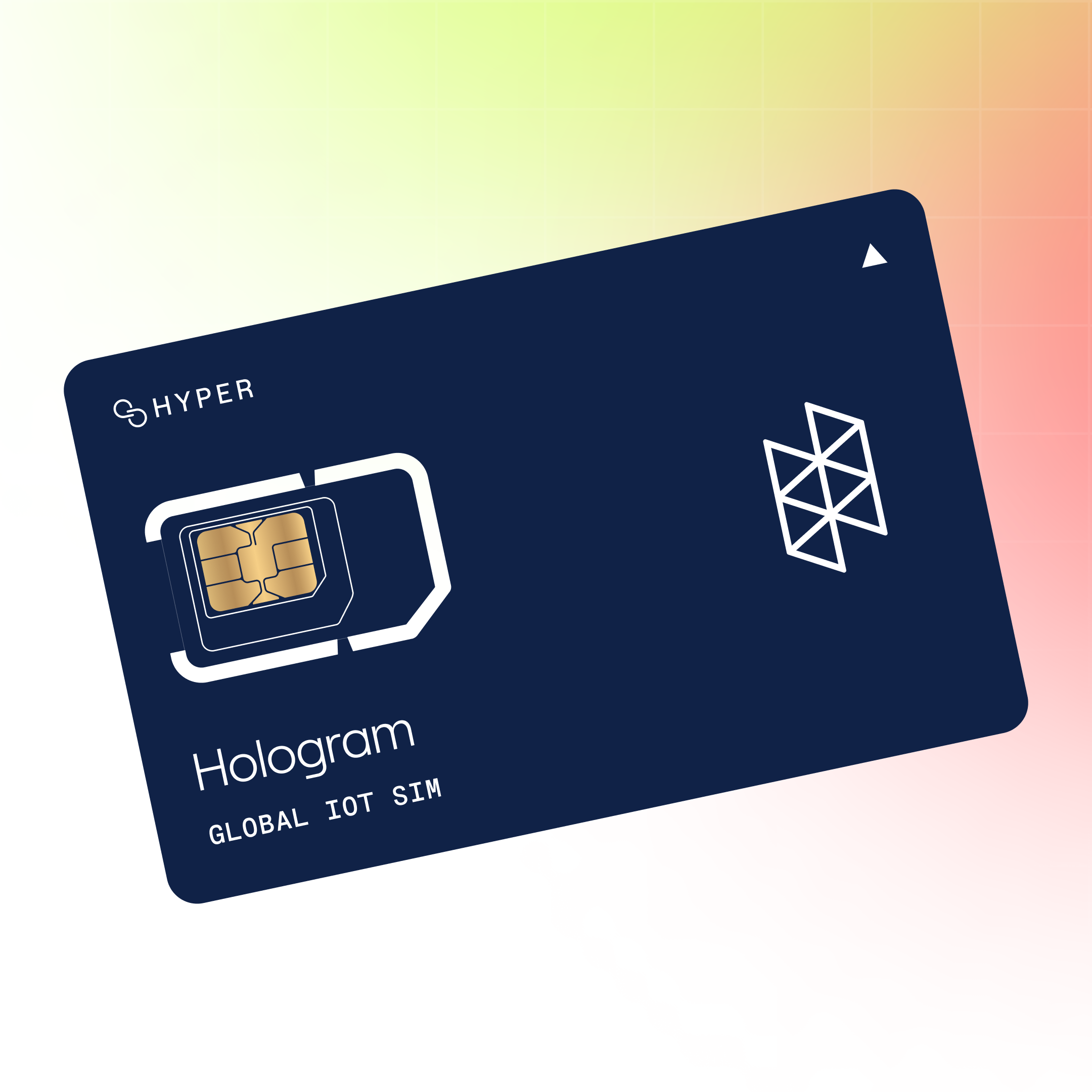Euicc And Esim eSIM Revolutionizing Internet of Things

The advent of expertise has ushered in a model new era, especially in the field of energy administration. IoT connectivity for energy management methods has gained significant attention as companies and households search smarter ways to handle their energy consumption and era. This connectivity empowers units to speak with one another, offering valuable information that enhances efficiency and reduces costs.
IoT gadgets, equipped with sensors and software program, collect real-time knowledge on energy usage patterns. This data is essential for understanding how energy is consumed throughout various domains. From industrial buildings to smart houses, the flexibility to watch energy consumption allows for focused strategies that may result in significant savings. As energy costs proceed to rise, optimizing usage via IoT becomes a necessity somewhat than a luxurious.
Euicc Vs Esim Role of eSIM in Technology
Energy administration techniques improve operational efficiency by leveraging IoT technology to automate processes. The integration of smart meters and IoT connectivity allows real-time monitoring and reporting, which provides insights into energy consumption, demand forecasts, and peak usage instances. This results in informed decision-making, allowing businesses and individuals to minimize wastage and allocate sources more effectively.
Predictive analytics performs a pivotal position within the effectiveness of energy management (Physical Sim Vs Esim Which Is Better). By analyzing historic energy use data, these systems can predict future consumption patterns. This foresight enables companies to implement demand-side management strategies that align supply with demand, ultimately reducing operational costs. The flexibility offered by IoT connectivity allows for immediate adjustments based on real-time knowledge, making certain optimum energy usage.
Moreover, IoT connectivity enhances the combination of renewable energy sources into existing grids. Smart energy administration techniques can dynamically regulate to fluctuations in energy generation from solar panels or wind generators. By facilitating communication between the grid, energy providers, and consumers, IoT connectivity ensures that renewable sources are efficiently utilized. This not only meets the rising demand for sustainable energy options but in addition reduces the reliance on fossil fuels.
Esim Vs Normal Sim Understanding eUICC and eSIM
Scalability is another important benefit of IoT-enabled energy management methods. Businesses can begin small by implementing a quantity of linked devices and gradually increase their community as their needs develop. This adaptability permits organizations of various sizes to learn from improved energy administration practices without making important upfront investments. As IoT technology evolves, its ease of deployment makes these techniques accessible even to smaller enterprises.
Data safety is a concern that can not be overlooked with increased connectivity. Energy administration systems should implement robust cybersecurity measures to protect delicate data and forestall unauthorized entry (Euicc Vs Esim). Encryption, common updates, and steady monitoring are important to safeguard data and maintain shopper belief. As reliance on IoT connectivity grows, addressing vulnerabilities shall be vital for reaching long-term success.
User engagement and education are important components of efficient energy management. By providing insights into energy consumption, IoT-connected methods encourage users to make conscious choices. Interactive dashboards and cellular applications enable shoppers to track their energy use and receive notifications, fostering a higher sense of responsibility in the direction of energy conservation. This engagement finally results in a more sustainable strategy to energy consumption.
In addition, regulatory frameworks are evolving to help IoT connectivity for energy administration. Governments are more and more recognizing the necessity for smart infrastructure and energy-efficient systems. Incentives and subsidies for companies adopting these technologies promote funding in IoT-enabled energy management options. As policy progresses, it encourages revolutionary practices that improve the general energy panorama.
What Is Vodacom Esim eSIM/eUICC, UICC, Multi IMSI Comparison
The integration of artificial intelligence with IoT connectivity enhances the capabilities of energy management methods. AI-driven analytics can determine inefficiencies and suggest amendments to consumption patterns. This not only reduces costs but also aligns with sustainability goals. As these technologies converge, organizations can obtain larger effectivity rates and make strides in environmental stewardship.

The potential impression of IoT connectivity extends to the grid infrastructure itself. With advanced monitoring methods, utilities can detect faults and outages extra quickly, lowering downtime. Automated responses enabled by IoT connectivity streamline operations and enhance grid stability. This functionality becomes increasingly essential as cities grow and energy demands rise.
Looking ahead, as the world continues to embrace digital transformation, the importance of IoT connectivity for energy administration systems is undeniable. The want for environment friendly, sustainable energy practices is paramount as local weather change and useful resource depletion loom massive. With steady developments in expertise, the long run guarantees much more innovative options that may revolutionize the way energy is consumed and managed.
Envisioning a future that maximizes energy efficiency, drives down prices, and fosters environmental sustainability is becoming a actuality due to IoT connectivity. Through collaboration amongst governments, companies, and consumers, a collective effort towards extra intelligent energy management solutions is crucial. The integration of those methods marks a major step in path of a extra sustainable and resilient energy future.
Esim Vs Normal Sim Device Services Identity Scheme
As the landscape of energy administration evolves, embracing IoT connectivity is not an option but a necessity. With the potential for greater efficiency, value financial savings, and sustainability, the benefits far outweigh the challenges. The journey towards smarter energy administration is underway, and the future is brilliant for those who adopt these innovative systems and practices.
- Facilitates real-time monitoring of energy consumption by way of interconnected sensors and gadgets, enabling proactive administration of useful resource usage.
- Enhances predictive maintenance by analyzing performance information, lowering downtime and optimizing energy effectivity.
- Supports the mixing of renewable energy sources, allowing for better customization of energy consumption patterns according to availability.
- Enables automated demand response, where energy utilization adjusts primarily based on grid indicators or real-time electricity pricing, maximizing price savings.
- Promotes data-driven decision-making via superior analytics, serving to organizations identify tendencies and opportunities for energy discount.
- Enhances person engagement by way of cell apps and dashboards that provide insights into energy usage and prices, empowering knowledgeable choices.
- Ensures seamless communication between numerous energy devices, making a more cohesive ecosystem that improves total system efficiency.
- Contributes to sustainability objectives by enabling efficient distribution of energy sources and minimizing waste all through the energy supply chain.
- Fosters collaboration and interoperability amongst completely different manufacturers and technologies, guaranteeing comprehensive energy administration solutions.
- Improves regulatory compliance by offering accurate knowledge for reporting and emissions tracking, facilitating adherence to environmental standards.
What is IoT connectivity in energy management systems?undefinedIoT connectivity refers to the integration of Internet of Things know-how in energy management methods, allowing units to communicate and share knowledge in real-time. This allows efficient monitoring and control of energy consumption, leading to higher administration of assets.
What Is Vodacom Esim Understanding eSIM for Connectivity
How does IoT improve energy efficiency?undefinedIoT enhances energy efficiency by providing real-time data insights, enabling organizations to identify energy waste and optimize consumption patterns. Automated methods can adjust energy Visit Your URL use primarily based on demand, decreasing prices and environmental influence.
What kinds of gadgets are sometimes utilized in IoT energy management systems?undefinedCommon gadgets embrace smart meters, sensors, thermostats, and smart appliances. These gadgets gather and transmit information concerning energy usage, permitting for informed decision-making and monitoring.
Can IoT connectivity help in renewable energy integration?undefinedYes, IoT connectivity facilitates the integration of renewable energy sources by monitoring era and consumption patterns. This optimizes using options like photo voltaic or wind by adjusting energy storage and distribution accordingly.

What are the security considerations associated with IoT in energy management?undefinedSecurity concerns embrace knowledge privateness, unauthorized access, and potential cyber attacks on linked units. Implementing robust encryption, regular software program updates, and robust authentication measures can mitigate these dangers.
Physical Sim Vs Esim Which Is Better Introduction to eSIM Technology
How can businesses implement IoT connectivity for energy management?undefinedBusinesses can start by assessing their energy utilization and figuring out areas for improvement. They can then put money into IoT-enabled devices, combine them with current systems, and make the most of analytics platforms to research data for higher decision-making.
Is IoT connectivity cost-effective for energy management?undefinedWhile preliminary setup company website costs could also be excessive, the long-term savings from lowered energy consumption and improved efficiency can outweigh these expenses. Additionally, many IoT solutions offer scalable choices to suit varied budgets.

What industries can benefit from IoT energy administration systems?undefinedIndustries such as manufacturing, business actual estate, and utilities can significantly profit. Any sector with substantial energy usage can utilize these systems to optimize operations, scale back prices, and improve sustainability efforts.
How does knowledge analytics play a task in IoT energy management?undefinedData analytics is essential because it helps interpret the vast amounts of knowledge collected from IoT units. By analyzing this data, organizations can uncover insights into consumption patterns, identify inefficiencies, and predict future energy wants.